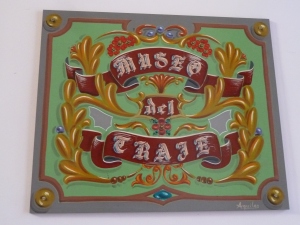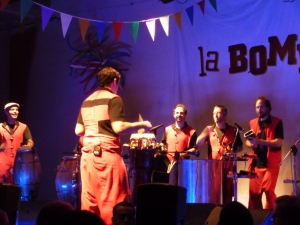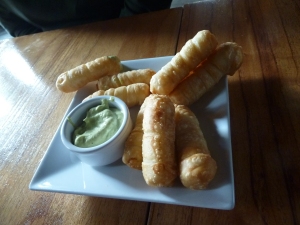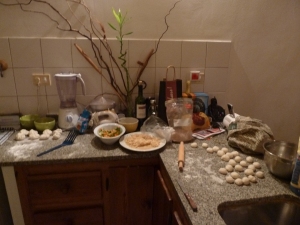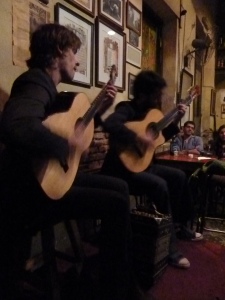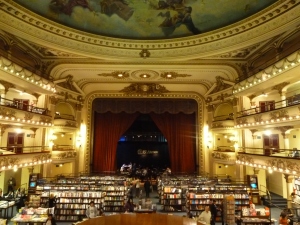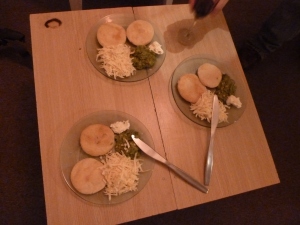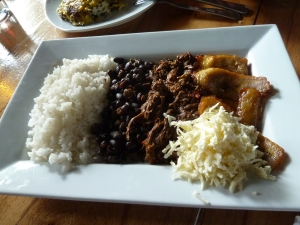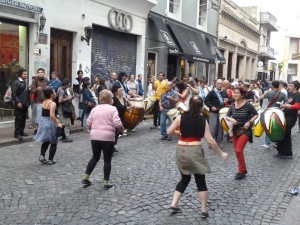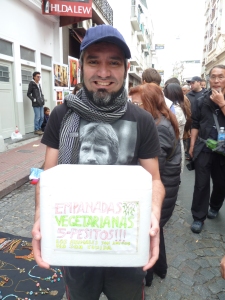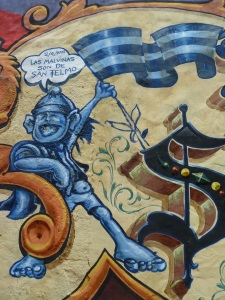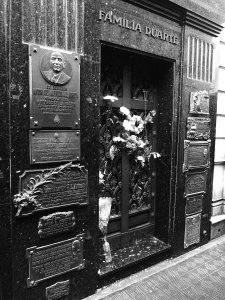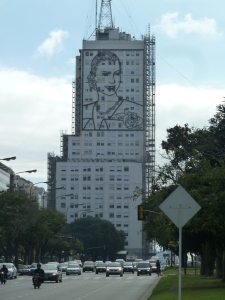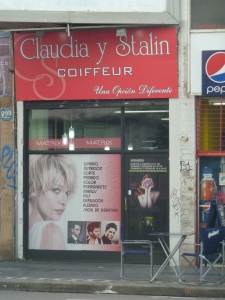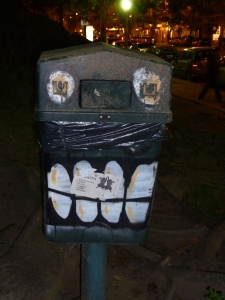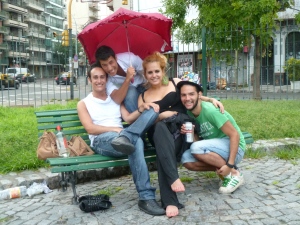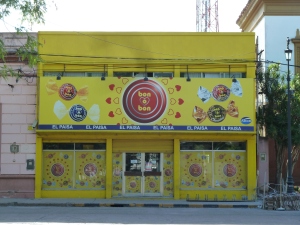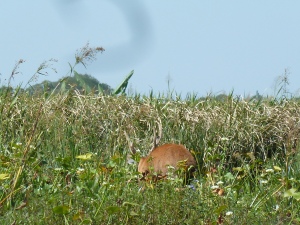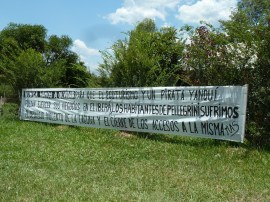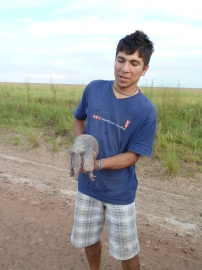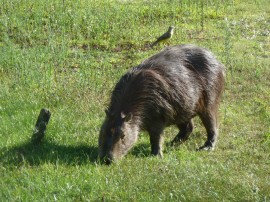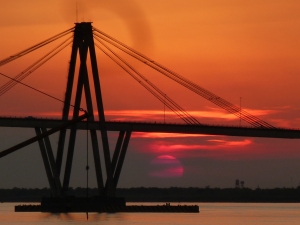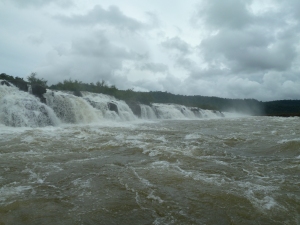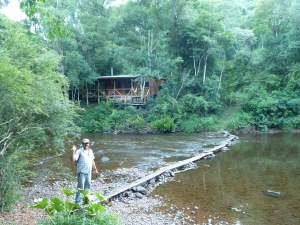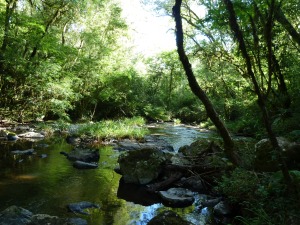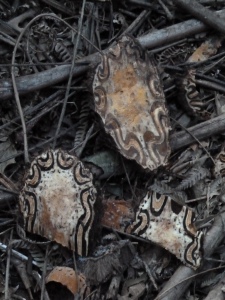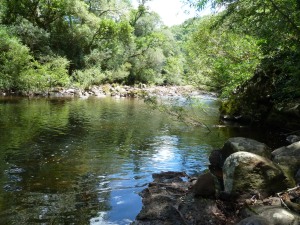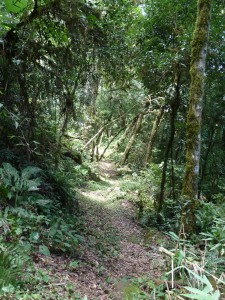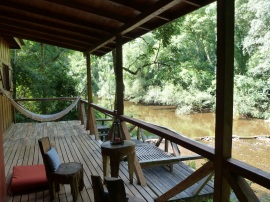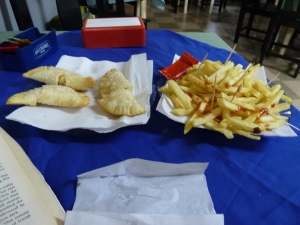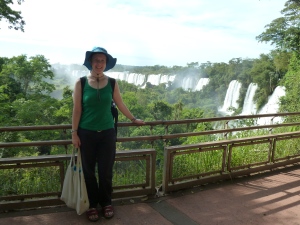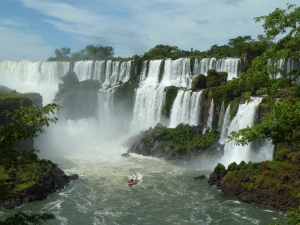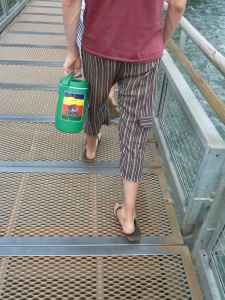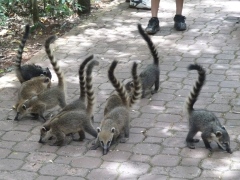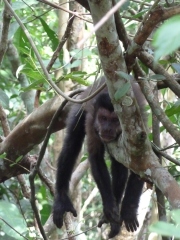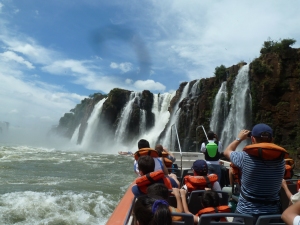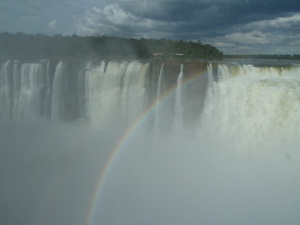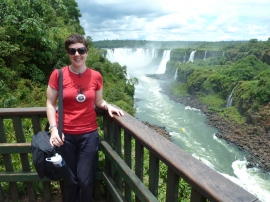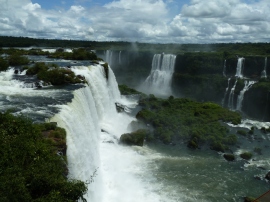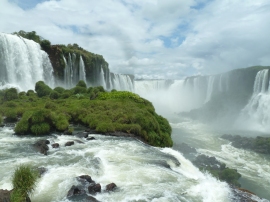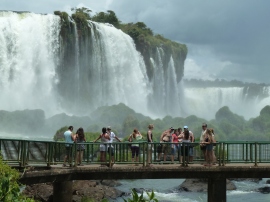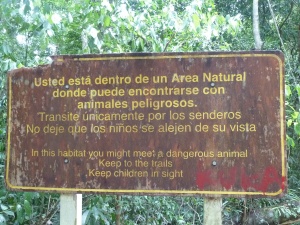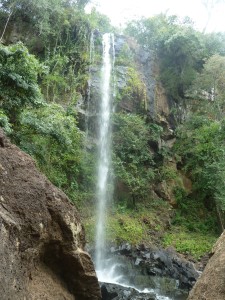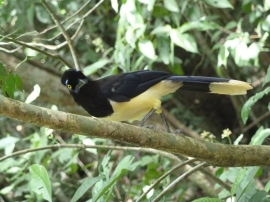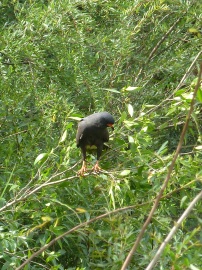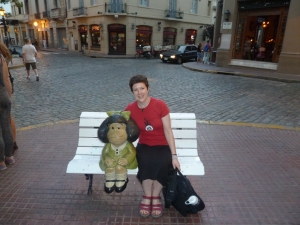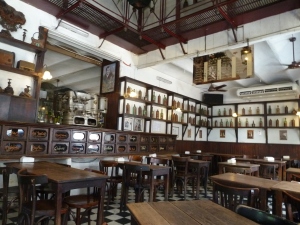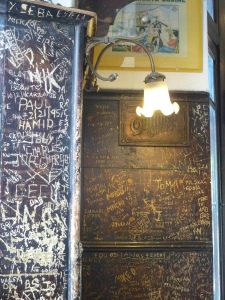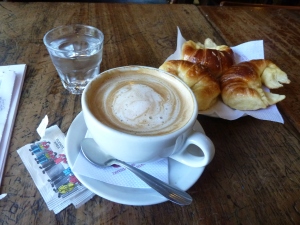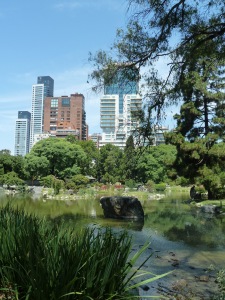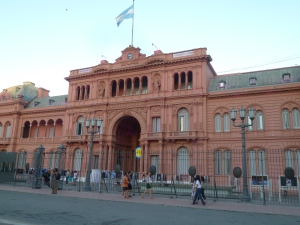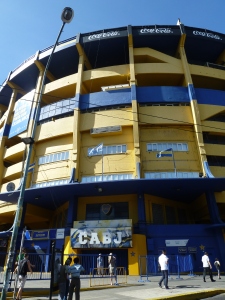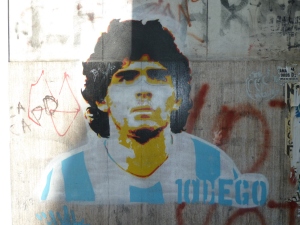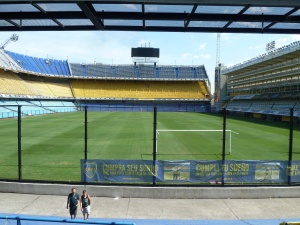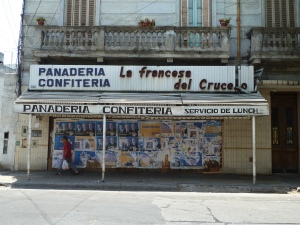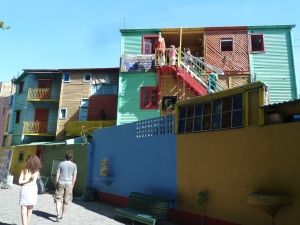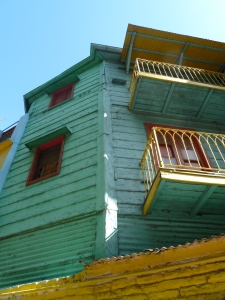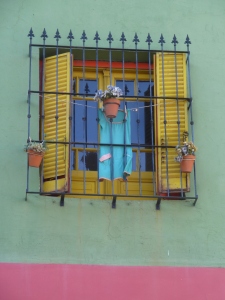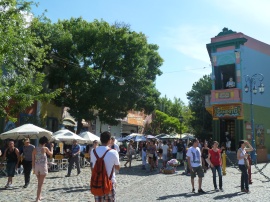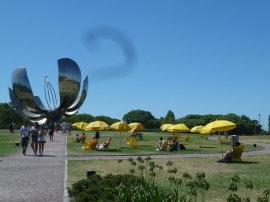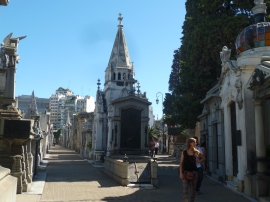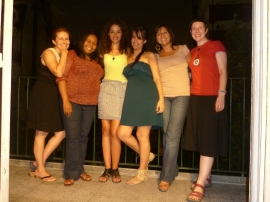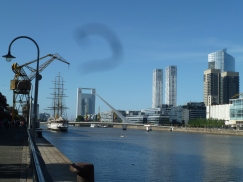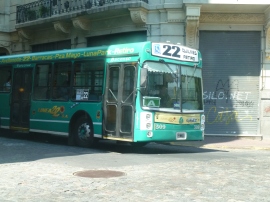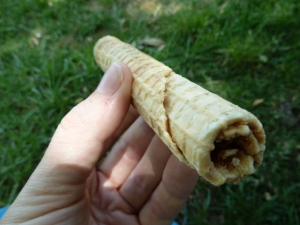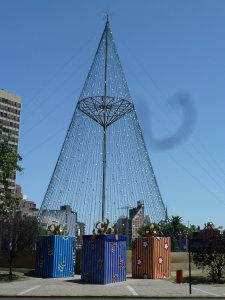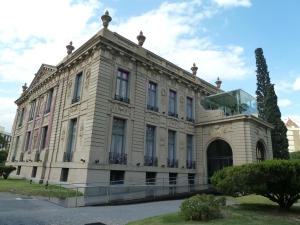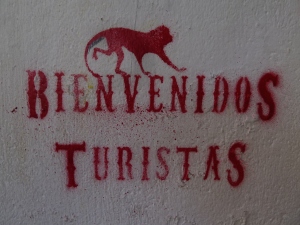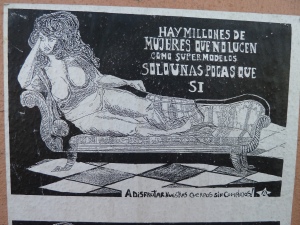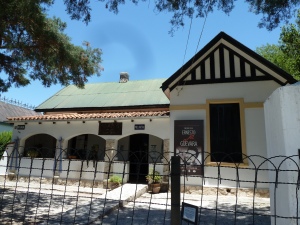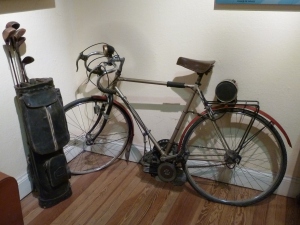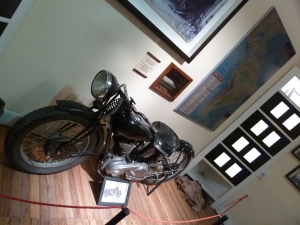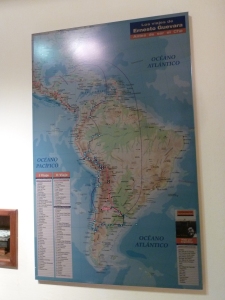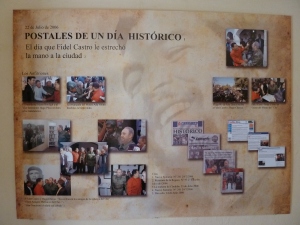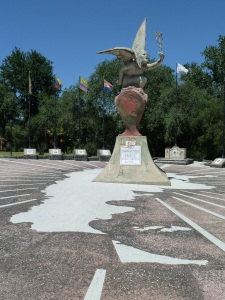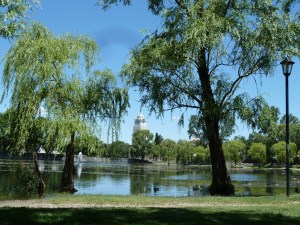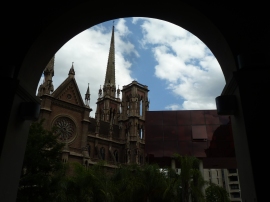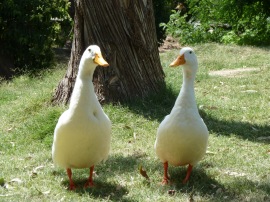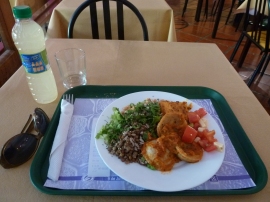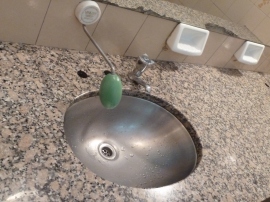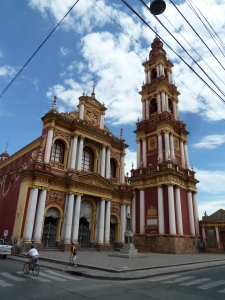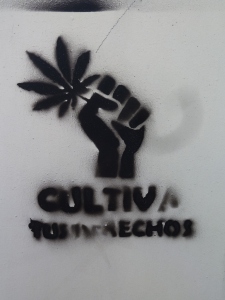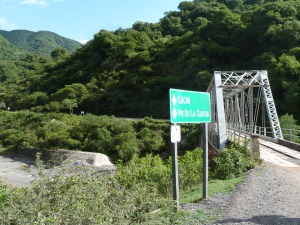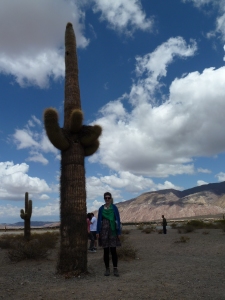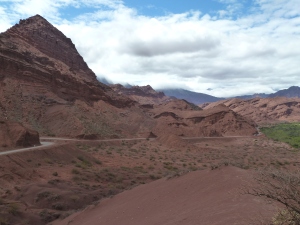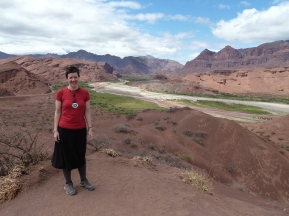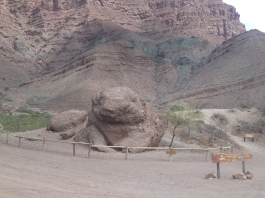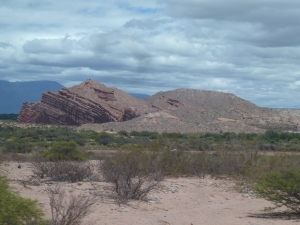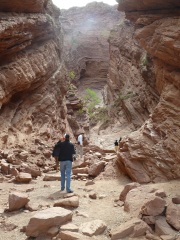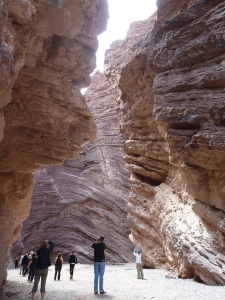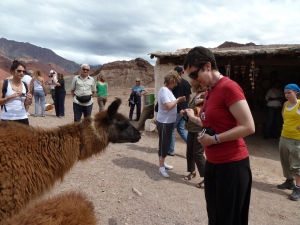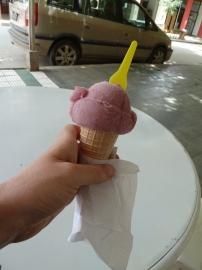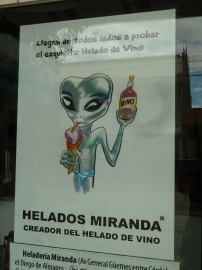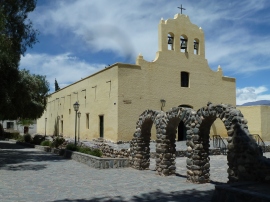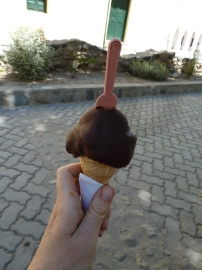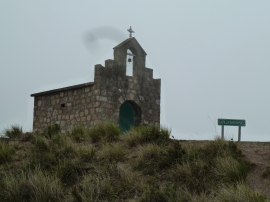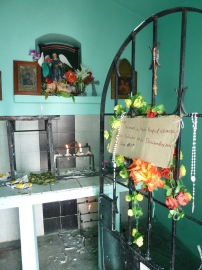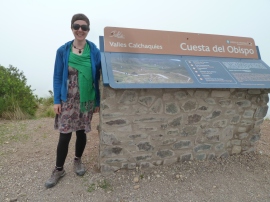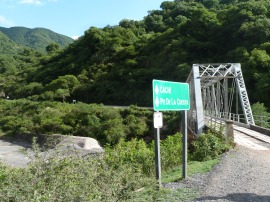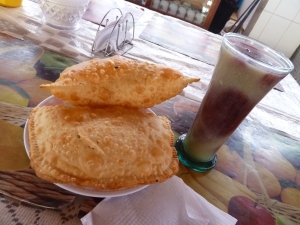Desplácese hacia abajo para una mala traducción al español (gracias a Google Translate)
So why did I go back to Buenos Aires rather than stay longer in India or go somewhere else? A few reasons… 1) just because I could… 2) the rest of India was too hot and I’d pretty much done all I wanted to in Dharamsala… 3) I only had a single entry visa for India so couldn’t go to Nepal and come back again… 4) I thought it would be a good transition place between India and London and give me a chance to acclimatize to a big city and colder weather… 5) I thought it would be fun to hang out after introspective time in India.
So not much to report from Buenos Aires this time round, apart from I had a fantastic time visiting exhibitions, hanging out, eating yummy food etc.
I saw some really amazing exhibitions this time round, which really re-ignited my enthusiasm for exhibitions, museums and galleries again (just as well seeing as I have to go back to work). MALBA had an excellent exhibition of American art called Bye Bye American Pie, I finally made it to Museo del Traje (Fashion Museum) and Faena Arts Centre (amazing new gallery and they had a Los Carpinteros installation). I also saw an amazing exhibition of Peruvian Amazon paintings at Palais de Glace which made me want to go back to the Amazon jungle and paint/make pictures of nature with amazing colours. Maybe this trip did turn me into a hippy after all??!!
As well as seeing inspiring art I also met Paco’s sister (Isa) and we went to la Bomba del Tiempo, which is a weekly drumming show at Konex. You can see a video here. Although not the sort of music I listen to very much, the atmosphere was great and the drummers amazing. Lots of people recommended this show to me and now I know why. Fortunately, the place was full of foreigners who also couldn’t dance like the Latinos can, so I didn’t feel too ashamed of my poor attempts at dancing! I’m still waiting for someone to teach me…
As with the rest of my trip, food was an important part of my visit (again). This time I discovered Ugi’s Pizza (probably the cheapest and most edible vegetarian food in Buenos Aires) where they sell a whole pizza for 18 pesos or half for 9 pesos. La Fabrica de la Pizza is cheaper but they don’t have so many convenient locations like Ugi’s.
Cristina and Carlos also took me to Caracas Bar for typical Venezuelan food, which was super yummy. Of course I took photos of everything! I have to say though, the arepa was not as good as the ones Cristina made at home.
To say thank you to all my Venezuelan friends for their wonderful hospitality I took 4kgs of Harina PAN (a Venezuelan staple food) so they could make proper arepas. For some ridiculous reason they don’t sell Harina PAN in Argentina and it costs the same in London as in Venezuela, even though its imported. Loco!!
Rather than cook something with the Harina PAN, I offered to make a momo party and Adriana kindly offered up hers and Mario’s house at the venue. This involved a pre-trip to China town to buy a bamboo steamer and sweet chili sauce. It took ages to make the momos as I’d had no practice since India. Everyone seemed to like them (and I taught Loquillo how to make them) but the funniest thing was that everyone went CRAZY for the sweet chili sauce. They’d never tried it before! If sales of sweet chili sauce boom in Buenos Aires, I deserve a cut of the profits!
On my last day, and even though I’d made a right mess in her kitchen the night before, Adriana cooked bollitos on my last day during the Venezuela/Uruguay football match and before I headed off to the airport. Again, super yummy and now I know how to make them.
So I finished my 9 month round the world trip with a belly full of delicious Venezuelan food and a big smile on my face thanks to the wonderful hospitality of such lovely people!
So, if you think this is the end of my blog, then you might be disappointed! I think I’m going to do a review of bits and pieces from my trip (not quite sure what yet) and also do some recipe pages considering how much amazing food I ate and learned to cook. I might also do a little post about my trip up north to see the Dalai Lama. Watch this space…
¿Entonces por qué me vuelvo a Buenos Aires en lugar de permanecer más tiempo en la India o ir a algún otro sitio? Algunas razones … 1) sólo porque yo podría … 2) el resto de la India estaba demasiado caliente y me hace más o menos todo lo que quería en Dharamsala … 3) Yo sólo tenía una visa de entrada única para la India por lo que no podía ir a Nepal y volver de nuevo … 4) Yo pensé que sería un lugar buena transición entre la India y Londres y me dan la oportunidad de aclimatarse a una gran ciudad y un clima más frío … 5) pensé que sería divertido para pasar el rato con mis amigos después del tiempo de introspección en la India.
Así que no hay mucho que informar de Buenos Aires en esta ocasión, además de que tenía un tiempo fantástico visitar exposiciones, salir con mis amigos, comer una deliciosa comida, etc
He visto algunas exposiciones realmente sorprendentes en esta ocasión, lo que realmente volvió a encender mi entusiasmo por las exposiciones, museos y galerías de nuevo (del mismo modo que ya tengo que volver a trabajar). MALBA tenido una excelente exposición de arte americano llamado Bye Bye American Pie, que finalmente pudo llegar a Museo del Traje (Museo de la Moda) y Faena Arts Centre (nueva galería increíble y que tenía una instalación de Los Carpinteros). También vi una exhibición impresionante de pinturas peruanas del Amazonas en el Palais de Glace, que me dieron ganas de volver a la selva amazónica y pintar / tomar imágenes de la naturaleza con colores sorprendentes. Tal vez este viaje me convirtió en un hippie, después de todo?!
Además de ver el arte inspirador también conocí a la hermana de Paco (Isa) y nos fuimos a la Bomba del Tiempo, que es un programa semanal de tambores en el Konex. Puedes ver un video aquí. Aunque no es el tipo de música que escucho mucho, el ambiente era genial y sorprendente de los tambores. Mucha gente recomienda este programa para mí y ahora sé por qué. Afortunadamente, el lugar estaba lleno de extranjeros que también no podía bailar como los latinos pueden, por lo que no me sentía demasiado avergonzada de mis intentos de pobres en el baile! Todavía estoy esperando a que alguien me enseñe …
Al igual que con el resto de mi viaje, la comida era una parte importante de mi visita (de nuevo). Esta vez descubrí pizzerías Ugi (probablemente la comida más barata y comestible más vegetariano en Buenos Aires) donde venden una pizza entera por 18 pesos o la mitad de 9 pesos. La Fabrica de la pizza es más barato, pero no tienen lugares convenientes, como tantos de Ugi.
Cristina y Carlos también me llevó a Caracas para la barra de comida típica venezolana, que era súper delicioso. Por supuesto que me tomó fotos de todo! Tengo que decir que, sin embargo, la arepa no era tan buena como las que Cristina hechas en casa.
Para dar las gracias a todos mis amigos venezolanos por su maravillosa hospitalidad tomé 4kgs de Harina PAN (un alimento básico de Venezuela) para que pudieran hacer las arepas adecuados. Por alguna razón ridícula que no se venden Harina PAN en la Argentina y cuesta lo mismo en Londres como en Venezuela, a pesar de su importación. Loco!
En vez de cocinar algo con el PAN Harina, me ofrecí a hacer una fiesta de Momo y Adriana se ofreció amablemente a ella y la casa de Mario en el lugar. Se trataba de un pre-viaje a la ciudad de China para comprar una vaporera de bambú y salsa de chile dulce. Le tomó años para que los momos como yo no tenía la práctica desde la India. Todo el mundo parecía que les gusta (y me enseñó a Loquillo cómo hacerlas), pero lo más gracioso fue que todo el mundo se volvió loco por la salsa de chile dulce. Ellos nunca lo había intentado antes! Si las ventas de auge de la salsa de chile dulce en Buenos Aires, me merezco un recorte de los beneficios!
En mi último día, y aunque yo había hecho un verdadero desastre en la cocina la noche anterior, bollitos Adriana cocidos en mi último día durante el partido Venezuela / Uruguay de fútbol y antes de que me dirigí al aeropuerto. Una vez más, súper delicioso y ahora sé cómo hacerlas.
Así que terminé mi hijo de 9 meses todo el viaje por el mundo con la barriga llena de comida deliciosa venezolana y una gran sonrisa en mi cara, gracias a la maravillosa hospitalidad de gente tan encantadora!
Por lo tanto, si usted piensa que este es el final de mi blog, entonces usted podría ser decepcionado! Creo que voy a hacer una revisión de partes y piezas de mi viaje (no muy seguro de lo que aún) y también hacer algunas páginas de recetas teniendo en cuenta la cantidad de comida increíble comí y aprendí a cocinar. También podría hacer un pequeño post sobre mi viaje al norte para ver al Dalai Lama. Mire este espacio …
